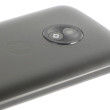Review: Coolpad Defiant for T-Mobile
Lock Screen
The Defiant has a simple lock screen experience. It includes a simple ambient display, which will wake up when you receive incoming notifications. Notifications appear as white text on the black lock screen. The notifications can be hard to read outdoors or under bright light.
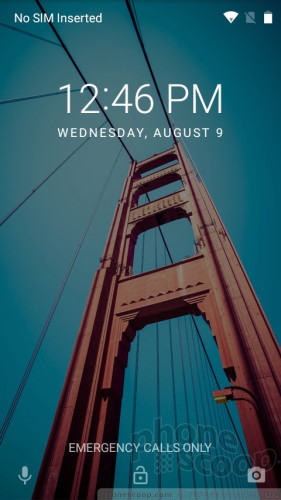
The clock stands at the top of the lock screen. Notifications pile up below it. The phone includes two lock screen shortcuts: Google Assistant on the left and the camera on the right. The drop-down Quick Settings shade is accessible on the lock screen.
Coolpad did not give the Defiant a fingerprint reader, so the phone is limited to passwords, patterns, and PINs for protection. Pick one.
Home Screen
The Defiant offers owners a stock build of Android 7 Nougat, which is nice.
All of the standard Nougat home screen features are on board. You have access to multiple home screen panels, all of which can be configured however you see fit. When you first boot the phone, the screens are speckled with a healthy dose of T-Mobile's apps and services.
The phone's app drawer contains all the installed apps. The stock Android app drawer doesn't support folders, (but you can always litter the home screen with folders of your own.) You can sort apps by install date or alpha order. There are no app suggestions at the top, though the standard search bar is still available.
The Quick Settings panel slides down from the top of the screen. Nougat allows you to arrange the Quick Settings tools to suit your own tastes. It's easy to manage notifications via the Quick Settings shade.
The full Settings menu is typical for Android. Radio controls are closest to the top, with device, account, and general settings lined up further down the vertical menu. The settings menu has its own search function to help you find and adjust settings quicker.
The Defiant ruins the usefulness of one of my favorite features in Nougat: the ability to resize screen elements. Most phones give you three options for adjusting the size of icons and apps, but the Defiant is limited to two sizes: too small, and too big. Ugh.
The Defiant uses a 1.4 GHz Snapdragon 425 processor that's paired with just 1 GB of RAM. This is not a good combo. The Defiant is slow. You won't see any problems using the home screens, but apps (particularly Google Maps and the camera) open slowly and run slowly. This phone would be much better off with 2 GB of RAM. I often found myself frustrated with the Defiant's lack of speed.
Camera
The Defiant's camera app is identical to the one on the Coolpad Canvas. You can open the camera with a double press of the lock screen button, the lock screen shortcut, or the home screen app icon.
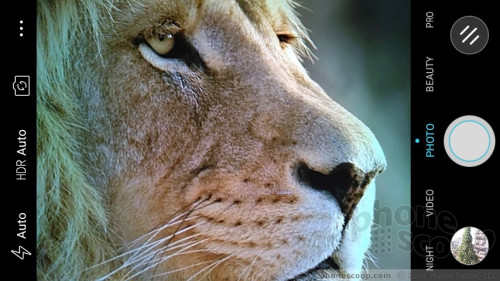
The viewfinder fills about 80% of the screen with two black strips holding the controls on either side. Shooting modes are accessed on the right, while the flash, HDR, front camera, and settings are all accessed on the left. I like that both the flash and HDR can be set to on, off, or auto. Nine filters (black-and-white, sepia, etc.) are also available by pressing a button tucked in the upper right corner.
The basic shooting modes include photo, video, night, beauty, and pro. You access each of these modes by swiping the entire camera UI up or down (just like the camera in iOS). Each mode works about as you'd expect it to. The night mode turns off the flash and essentially takes longer exposures. Results with night mode can be mixed, as you have to hold the Defiant very still to get sharp photos. The "pro" mode gives you manual control over contrast, saturation, focus, exposure, ISO, and white balance, but not shutter speed.
The beauty mode includes a sliding tool for adjusting how strong the algorithm is. Basically, the higher you slide the tool, the more aggressive the camera is about removing blemishes and smoothing your skin color. You'll start to look cartoonish if you go too far with it.
You can access panorama mode by pressing the menu button on the left. The pano mode works pretty well.
The full settings menu has a standard set of options. One thing I dislike is that the entire camera interface is locked in portrait mode, meaning the text (even in settings menus) is sideways if you hold the camera in landscape (some would say normal) orientation. Bleh.
The camera is definitely a bit slow and often takes longer to do things than it should. I blame the processor/RAM combo here.
Photos
The 5-megapixel camera really struggles. Apart from the slow experience of using the camera app itself, the images are all over the place. For the most part, the Defiant gets focus down well. You'll see some oddly soft shots here and there, but generally most photos are in focus. White balance, too, is generally accurate. Exposure is a mess. You can see totally overblown sections in some of the samples below, such as the tree, and the plant with house in the background. HDR does little to help mitigate or balance scenes that have lots of contrast.
The 2-megapixel user facing camera is pretty horrible. The shots I took of myself were soft, overexposed, and generally no good.
The Defiant is limited to capturing 720p video. The results are consistently better than those of the camera but that's not saying all that much.
There's no way I'd use the Defiant to capture important events, and it barely suffices for everyday imaging.
T-Mobile Stuff
T-Mobile crammed some bloatware onto the Defiant, but it's not too bad. It's mostly carrier-branded service s, such as mobile hotspot, visual voicemail, and Name ID. I do want to point out that the phone has just 8 GB of internal storage, and you have access to only about 4.5 GB. You're going to want to supplement the storage with a microSD memory card.


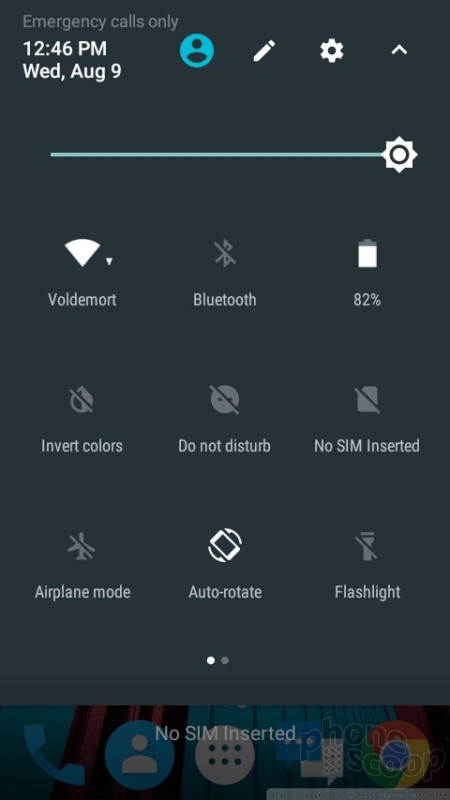



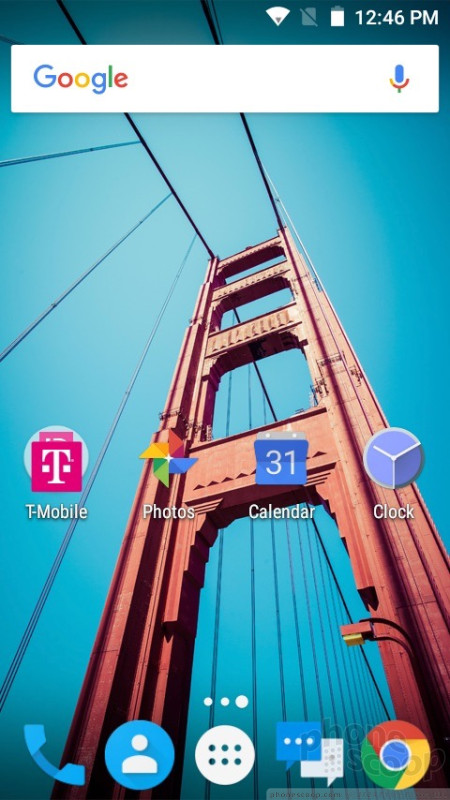










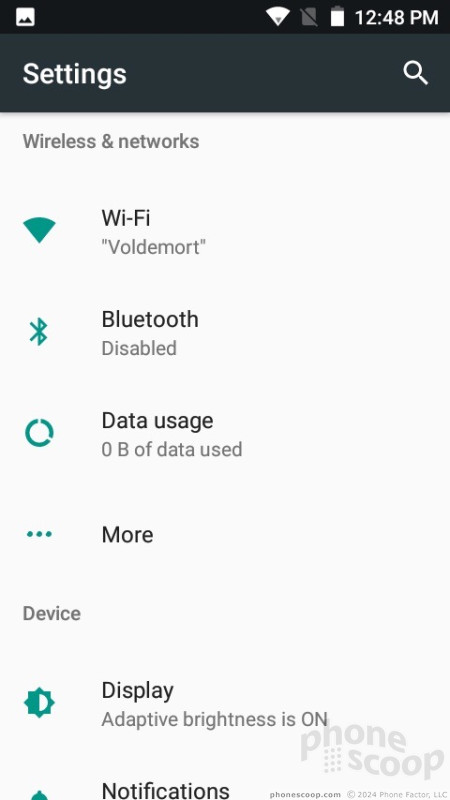




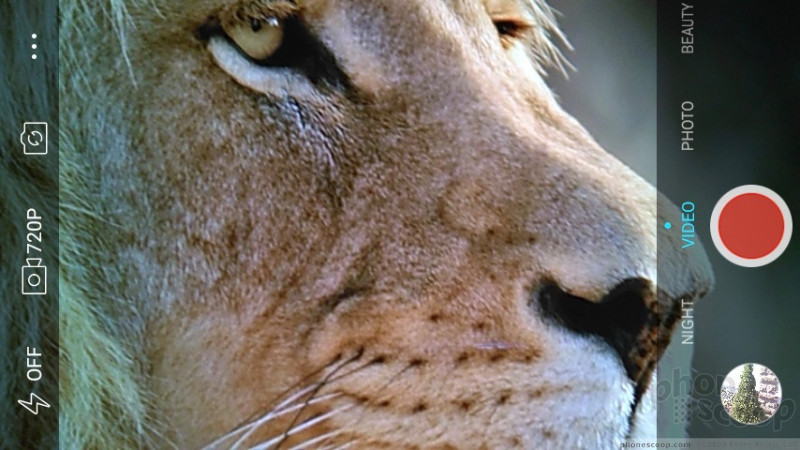






















 T-Mobile Now Selling the Coolpad Defiant for $100
T-Mobile Now Selling the Coolpad Defiant for $100
 Qualcomm Taps Iridium for Satellite Connectivity
Qualcomm Taps Iridium for Satellite Connectivity
 Metro's Latest Entry-Level Phone is the TCL ION X
Metro's Latest Entry-Level Phone is the TCL ION X
 Nokia Refreshes Entry-Level Android Lineup for US
Nokia Refreshes Entry-Level Android Lineup for US
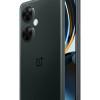 OnePlus' New Mid-Range Phone Has a 108 Megapixel Camera
OnePlus' New Mid-Range Phone Has a 108 Megapixel Camera
 Coolpad Defiant
Coolpad Defiant



